AMD launches Kabini APUs for thin and light laptops
AMD is on the verge of releasing Kabini, the latest generation of its Accelerated Processing Units (APUs), to manufacturers. Designed for entry-level and ultra-thin laptops, it's arguably the company's most important launch this year, and we've spent some time with a pre-release version of the hardware to put it to the test and give you our first impressions.
CORES FOR CONCERN Now known as the Mainstream APU line-up, the Kabini launch is being led by the A4-5000. It’s a quad-core chip running at 1.5GHz, along with 128 Radeon cores providing graphics power. AMD calls it the world’s first x86 quad-core Sytem-on-Chip (SoC) designed for thin-an-light laptops, and while it isn't going to set the world alight with record benchmark scores, it could be a seriously potent combination in entry-level and mid-range machines later this year.
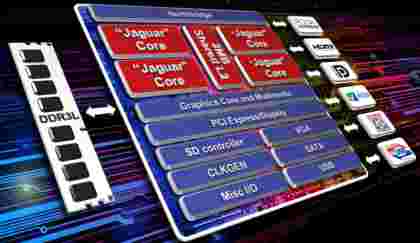
On the CPU side, Kabini is based around four AMD Jaguar cores - these are completely revised versions of the Bobcat cores seen in last year's Brazos APUs, with numerous refinements including a 2MB shared L2 cache across each core. It's built on a smaller 28nm process, compared to the 40nm Bobcat design, with a unified northbridge and direct access to the dedicated GPU framebuffer. This should increase the bandwidth available during graphics-intensive applications, hopefully increasing frame rates.
AMD provided us with benchmark scores produced by the OpenCL-powered BassemarkCL - it's heavily optimised for Compute tasks, which utilise the GPU just as much as the CPU, and greatly favours APUs over traditional CPUs from the likes of Intel. For real-world performance, you'll have to scroll down to our hands-on with a Kabini-powered laptop.
GET YOUR GAME ON For the GPU, AMD has made the switch to the Graphics Core Next (GCN) architecture currently being used in the company’s dedicated graphics cards. Not only does that mean the new chips support Hybrid Crossfire with the latest discrete AMD GPUs, but they also benefit from increased memory bandwidth. The chip has two GCN compute units which share the same L2 cache, along with four compute engines which operate in parallel for GPGPU applications.
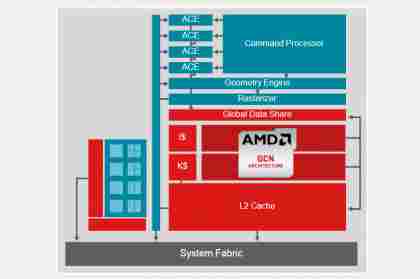
It fully supports DirectX 11.1, along with the OpenCL 1.2 Compute language which paves the way for more GPU-accelerated 2D applications. 4k x 2k display resolutions are now possible over HDMI and DisplayPort, and AMD's Wireless Display technology is built into the chip. Although it won't be enabled on Kabini, AMD's forthcoming Richland APUs are almost certain to receive the 1080p60 tech - which has an incredibly low 41ms response time that should make it perfect for gaming.
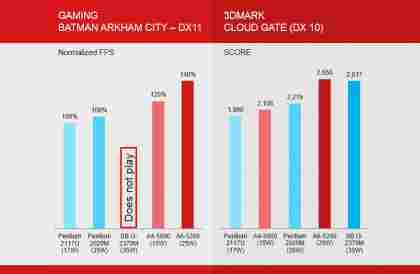
AMD is sure that Kabini represents best-in-class graphics - in the graphs shown above, it pitted an entry-level A4-5000 and mid-range A6-5200 against three of Intel's current generation CPUs, and unsurprisingly came out on top. We ran our own graphics benchmarks on the A4-5000, so you can find real-world results further into the article.
I HAVE THE POWER AMD is also looking to address power consumption with Kabini - one of the main concerns we had with its previous generation APUs. It’s up to 25% more power efficient than the outgoing Brazos chips, with power monitors built into every part of the chip to monitor wattage and temperatures, including the GPU cores, CPU cores and display interface. This lets AMD's engineers optimise performance more accurately than with previous APUs.
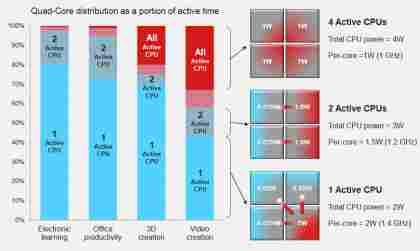
Because it's rare that every core in a quad-core chip is working flat out, the ones running at a low-power state are used as a heat sink to maintain Kabini's CPU or GPU temperature. This could mean sustained performance without having to activate the system fan, or increased GPU performance (and therefore higher frame rates) when the CPU isn't being taxed heavily.
Turbo Dock, AMD’s way of boosting performance in tablets when paired with an actively cooled docking station, will also help balance performance with power management. It can let the APU consume additional watts when better cooling is available, potentially increasing raw performance by between 5 and 30% based on the particular task. We've yet to see any Turbo Dock-equipped devices in the wild, but AMD promises that manufacturers have them in the works.
In terms of real world battery life, AMD says a Kabini-powered laptop should last as long as 10 hours in a resting state, or up to six hours when playing 1080p video.
AND THAT'S NOT ALL It doesn't end with hardware though – AMD is introducing the Elite Experience bundle alongside its 2013 APU line-up. Although many of the gaming-related announcements are being reserved for the launch of Richland, which is due in June, Kabini won’t miss out, with AMD Quick Stream, AMD Photo Composer and AMD App Player all included.
Photo Composer is a GPU-accelerated photo editor powered by Aviary. It’s touch-optimised and, according to AMD, is up to 14 times faster at processing images than Intel’s Clovertrail Atom CPUs.
Meanwhile, App Player will let you run Android apps on an AMD-powered PC or laptop. It’s a specially-adapted version of the existing Bluestacks player that’s been optimised for APUs, scoring almost twice that of an Intel Core i3-powered system in the An3DBench benchmark. It will also let you sync Android apps from your tablet or smartphone using the Cloud Connect feature.
AMD isn't the only company that sees the benefit of GPU-accelerated applications – APU-powered systems stand to benefit in the latest versions of Adobe Premiere Pro and Photoshop as well. Applying filters will be around 60% faster on a Kabini Ultrathin laptop compared to an existing Intel Core i5 machine, according to AMD. The competing Corel AfterShot Pro should see performance gains of up to 50% as well.
Over the page - Kabini in action

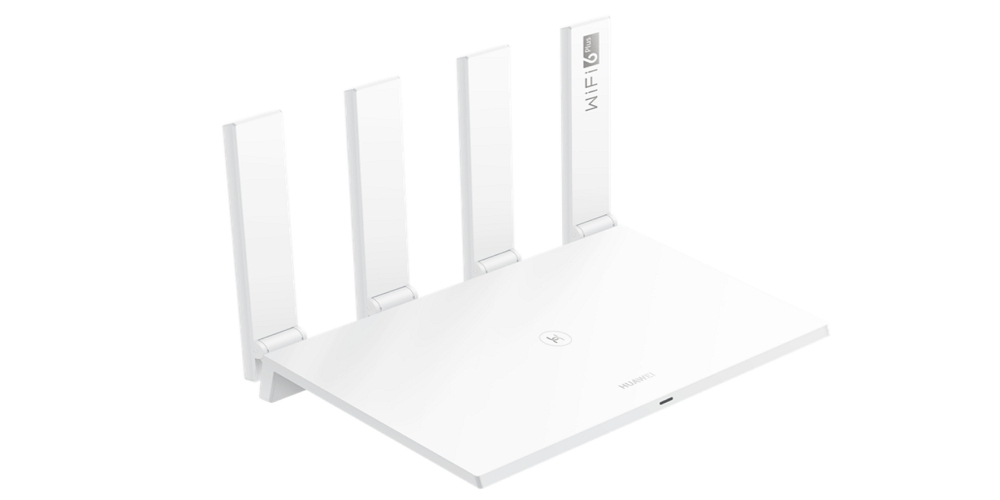
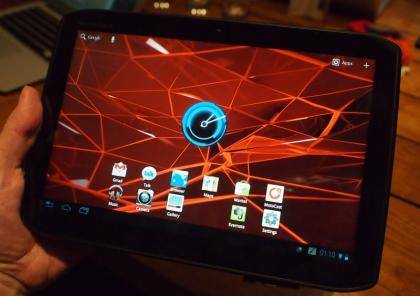
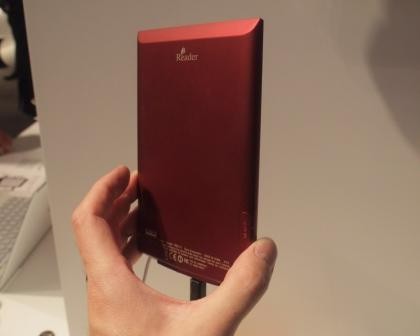
Leave a Comment